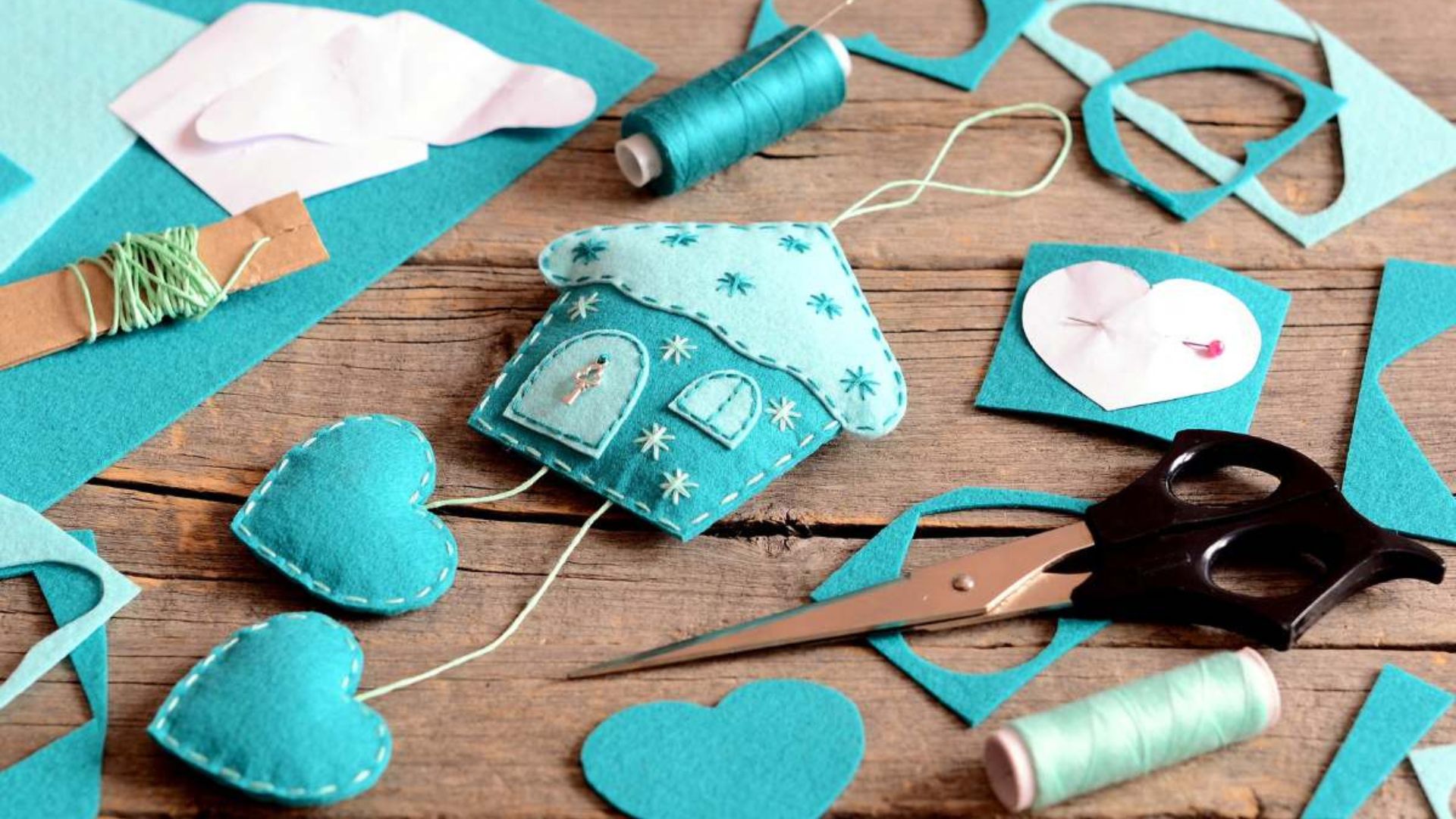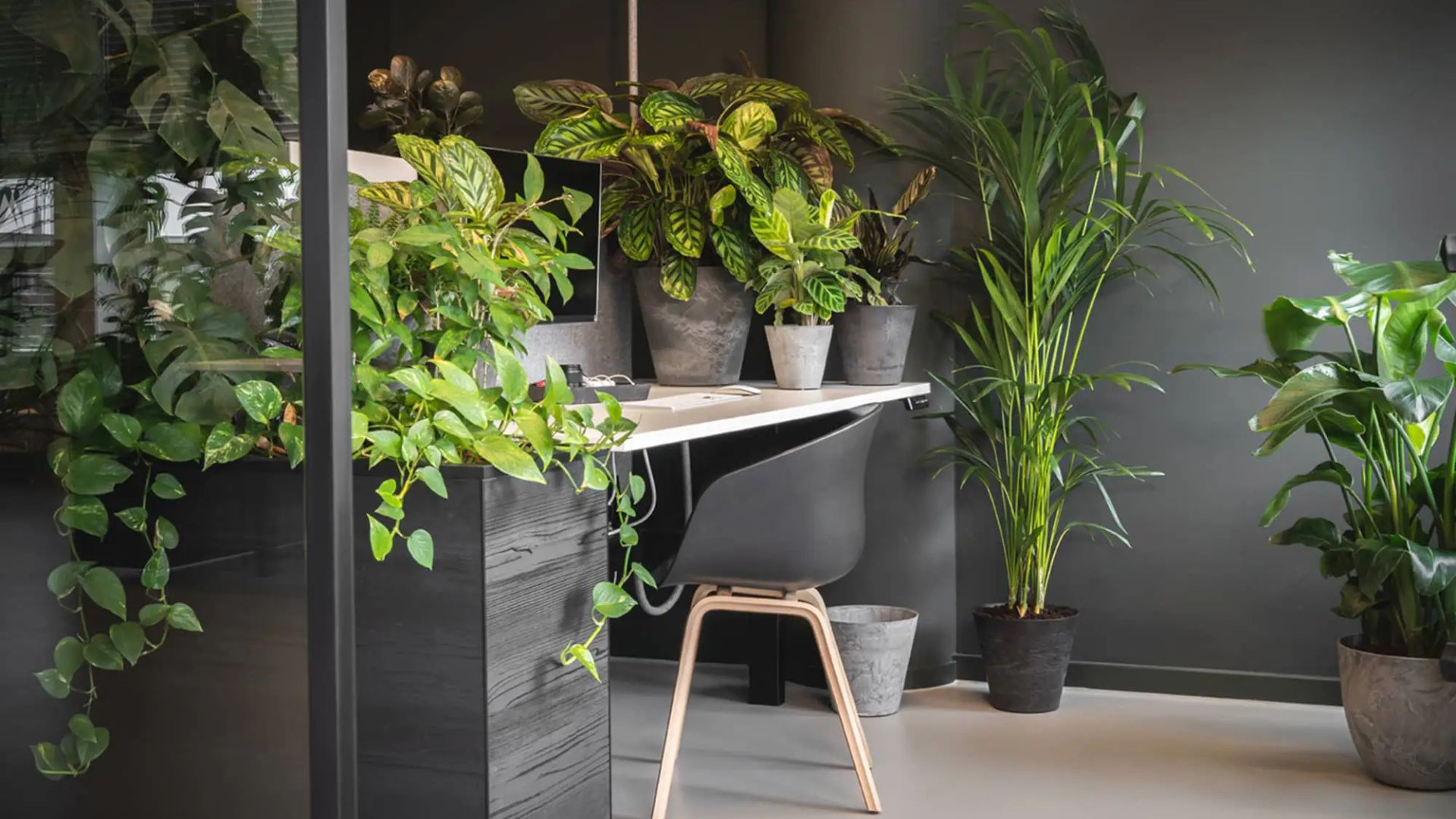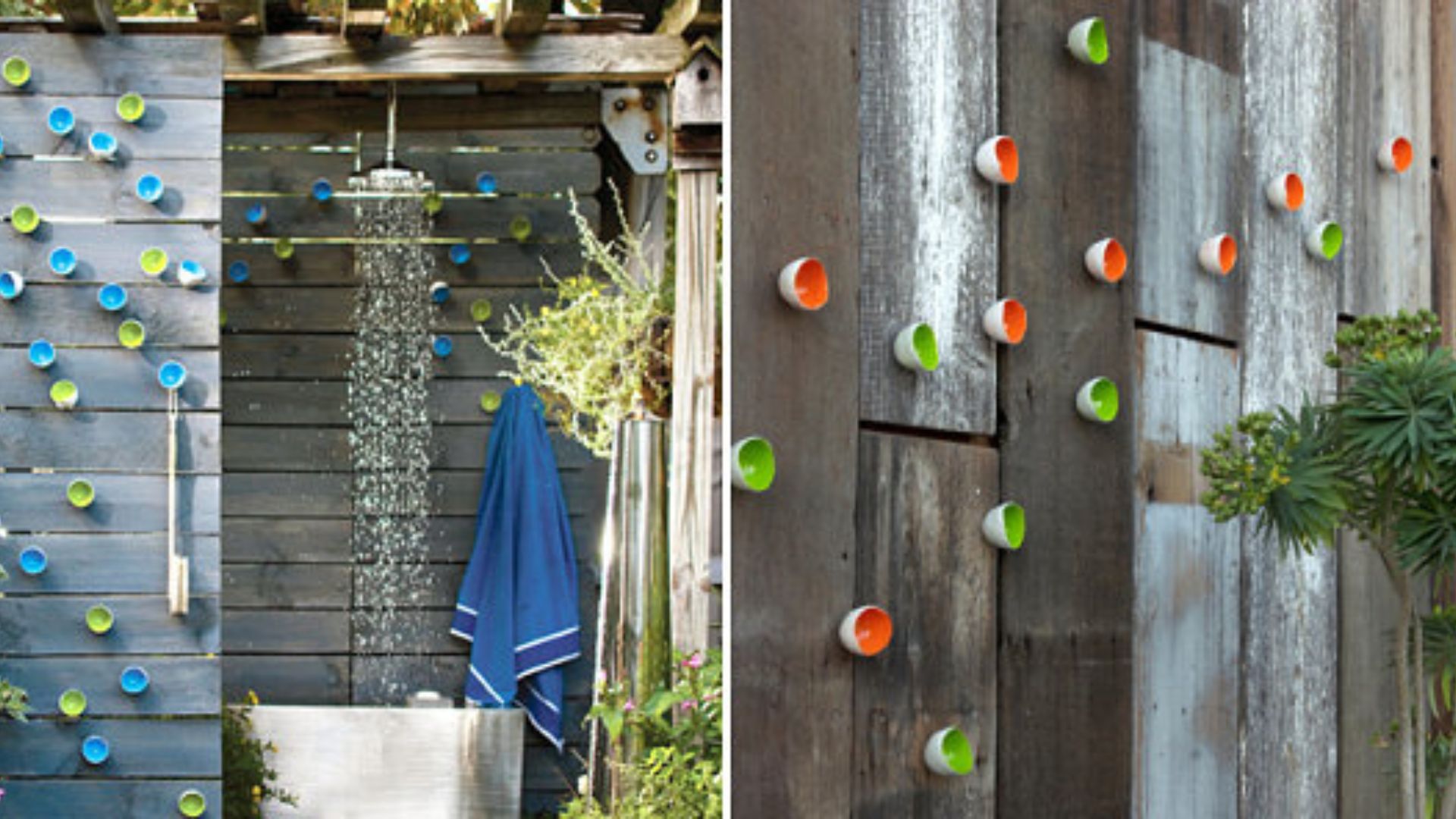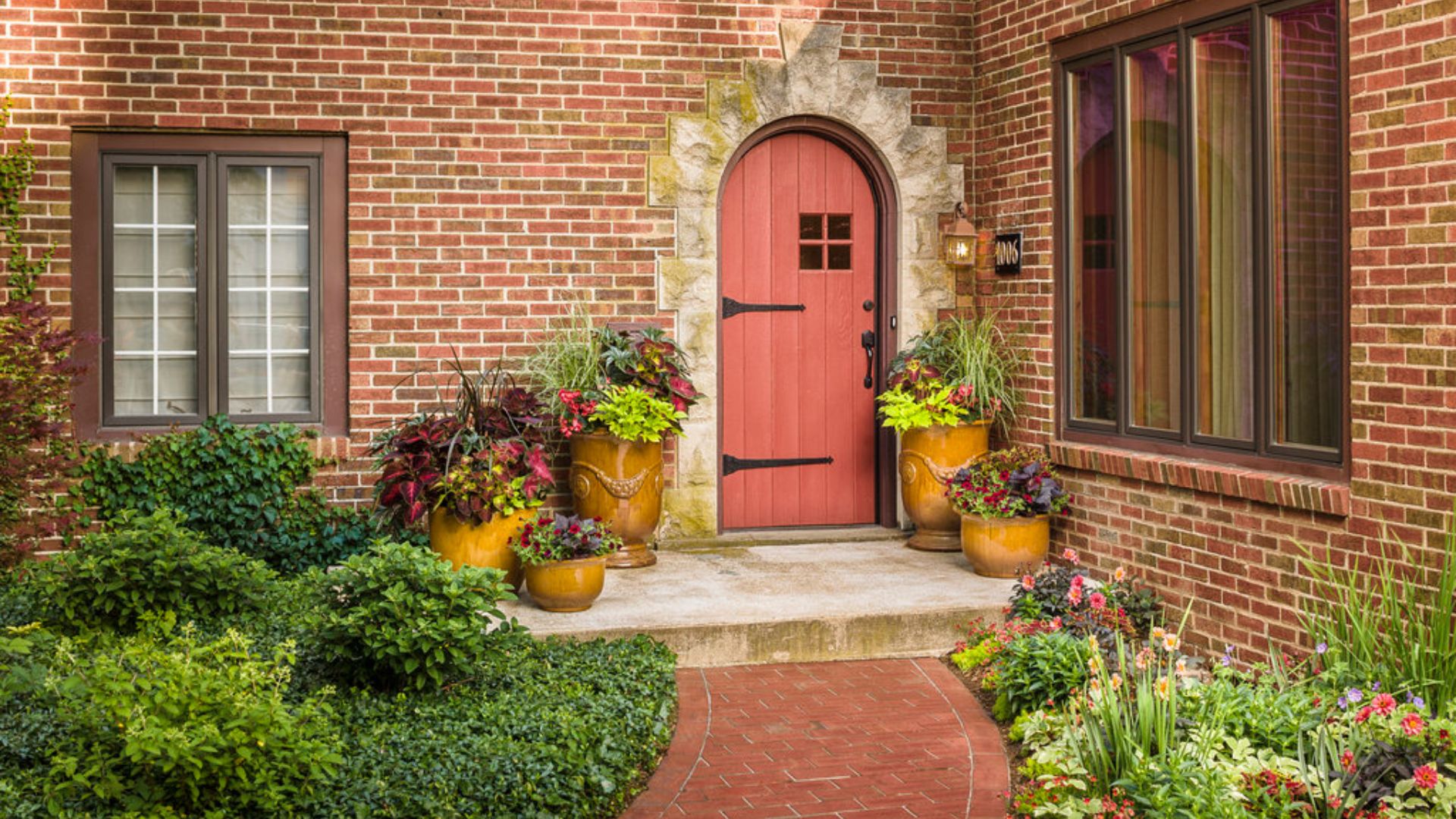DIY projects include decorations materials that bring creativity and personality into any space. They allow people to transform their homes and event setups using simple items, often at a low cost. Moreover, DIY decorations inspire originality while promoting sustainability and hands-on craftsmanship. With the right materials and creative planning, anyone can design stylish, unique décor that reflects their taste and personality.
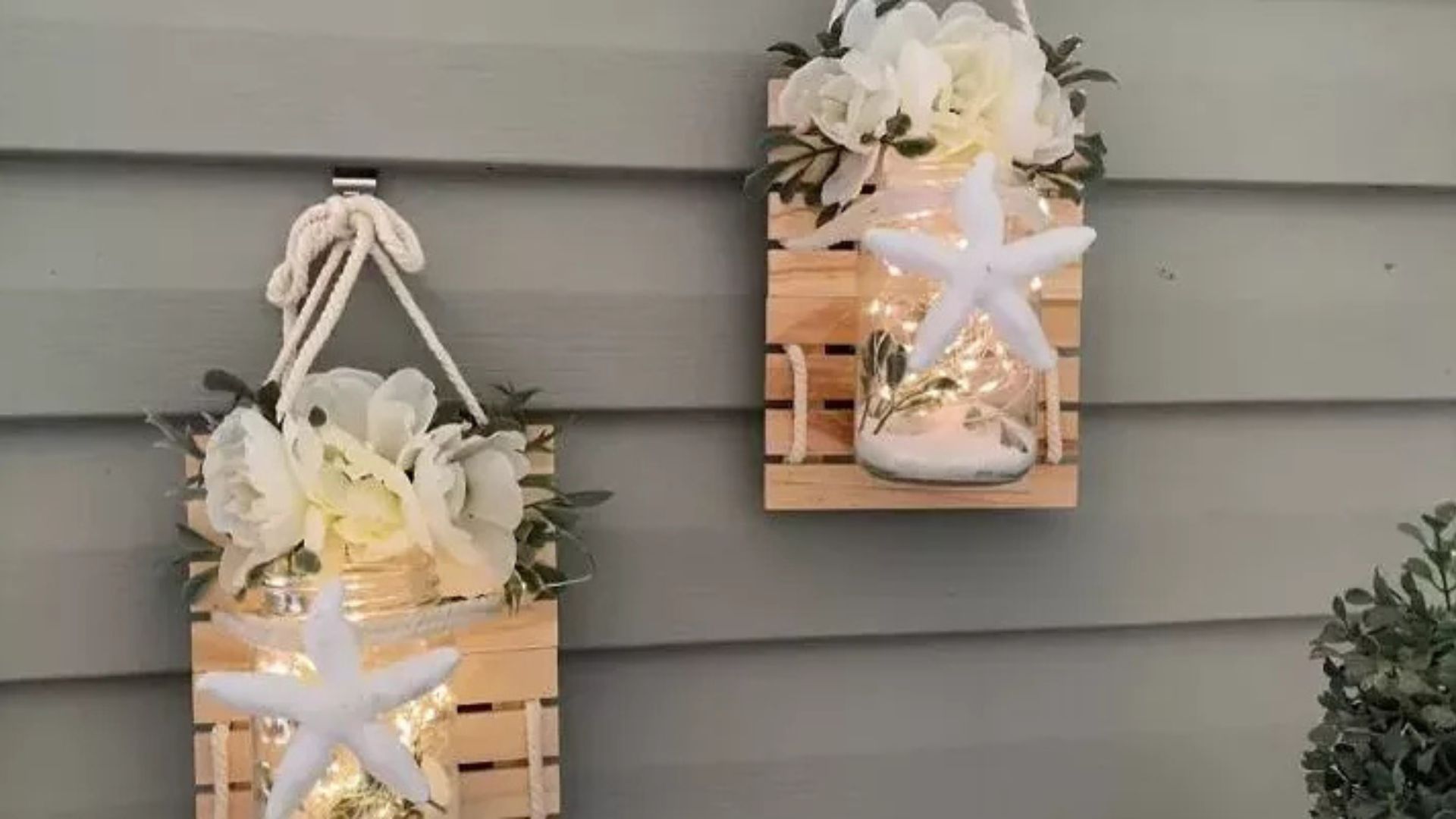
The Joy of DIY Decoration Projects
DIY decorations have become increasingly popular because they combine creativity and affordability. Instead of buying ready-made décor, individuals can craft their own designs. This process encourages imagination and builds a sense of accomplishment. Furthermore, DIY projects give people the chance to reuse materials, helping to reduce waste and support eco-friendly living.
Why DIY Decorations Are So Rewarding
Creating decorations by hand offers several advantages.
-
Personal Touch: Handmade décor reflects individual style.
-
Cost Savings: Using available materials helps lower expenses.
-
Skill Building: DIY teaches new techniques like painting, crafting, and arranging.
-
Sustainability: Reusing old items supports a cleaner environment.
In addition, DIY décor allows flexibility. You can adjust colors, textures, and designs to suit your preferences or match a specific theme.
Essential Materials for DIY Decorations
Successful DIY decorations rely on the right materials. Some are easy to find around the home, while others can be purchased from craft or hardware stores. Common materials include:
-
Paper, cardboard, and fabric scraps
-
Recycled glass jars or bottles
-
Wood pieces and twine
-
Paints, ribbons, and beads
-
Natural elements like leaves, flowers, or stones
These items are versatile and affordable. Moreover, they blend easily into many design styles—from rustic to modern—depending on how they are used.
Creative Ways to Use Decoration Materials
There are endless possibilities when using materials for DIY décor. For example, old jars can be turned into candle holders, while leftover fabric can become table runners. In addition, adding simple touches like paint or lace instantly upgrades the look of basic items.
Examples of DIY Decoration Ideas
-
Wall Art: Use cardboard, twine, and paint to design custom pieces.
-
Table Centerpieces: Combine natural elements and candles for warm, inviting setups.
-
Seasonal Décor: Reuse items to create festive decorations for holidays or birthdays.
-
Outdoor Accents: Turn wood pallets into garden planters or lighting displays.
Each project gives people the freedom to express their creativity while enhancing the beauty of their living or event spaces.
Sustainability Through DIY Materials
One major advantage of DIY decoration projects is sustainability. By reusing and recycling materials, people minimize waste and reduce the demand for mass-produced products. Consequently, these practices help protect the environment. For example, using glass bottles for lighting or repurposing wood for shelving not only saves money but also cuts down on pollution caused by manufacturing.
Transitioning from Ideas to Reality
Turning decoration ideas into finished projects requires both planning and creativity. Start by gathering materials that match your chosen theme. Then, sketch a design or visualize the setup. Furthermore, consider the size, color palette, and overall mood of the space. With a clear plan, you can begin crafting confidently and efficiently.
Steps for Successful DIY Decoration Projects
-
Plan Ahead: Define your theme and gather materials early.
-
Prepare Tools: Have scissors, glue, brushes, and other essentials ready.
-
Test Ideas: Try small samples before applying them to large areas.
-
Add Finishing Touches: Pay attention to details like texture and symmetry.
These simple steps ensure that each project runs smoothly and delivers professional-looking results.
Combining Traditional and Modern Styles
DIY decoration materials allow for mixing classic and contemporary design elements. For instance, you can pair rustic wood frames with metallic accents or blend vintage fabrics with modern patterns. This fusion of styles adds depth and personality to your décor. Additionally, it ensures that your decorations remain timeless and adaptable to different events or home themes.
Benefits of Handmade Decorations
Handmade decorations have emotional and practical value. They represent effort, creativity, and care. Moreover, they often serve as conversation starters because they reflect personal stories or memories. When displayed in homes, DIY creations add warmth and individuality. In events, they create an inviting atmosphere that feels personal and authentic.
Advantages at a Glance
-
Promote sustainability and resourcefulness
-
Offer creative satisfaction
-
Build stronger personal connections
-
Encourage community sharing and collaboration
Furthermore, handmade décor helps people appreciate the beauty of imperfection. Unlike factory-made items, DIY pieces have character and uniqueness that make them stand out.
Expanding Creativity with Group Projects
DIY decorations are not limited to individuals. Families, friends, or community groups can collaborate on larger projects. Working together encourages teamwork, strengthens relationships, and generates more creative ideas. For example, community centers often organize craft sessions to decorate public spaces using recycled materials. As a result, these projects promote both creativity and unity.
Conclusion
DIY projects include decorations materials that inspire creativity, sustainability, and self-expression. By transforming everyday items into works of art, people can beautify their surroundings while reducing environmental impact. Moreover, these projects foster learning, bonding, and pride in craftsmanship. Whether for homes, events, or public spaces, DIY decorations prove that imagination and effort can create lasting beauty without high costs. With the right materials and a little creativity, anyone can turn simple objects into stunning decorations that tell meaningful stories.






